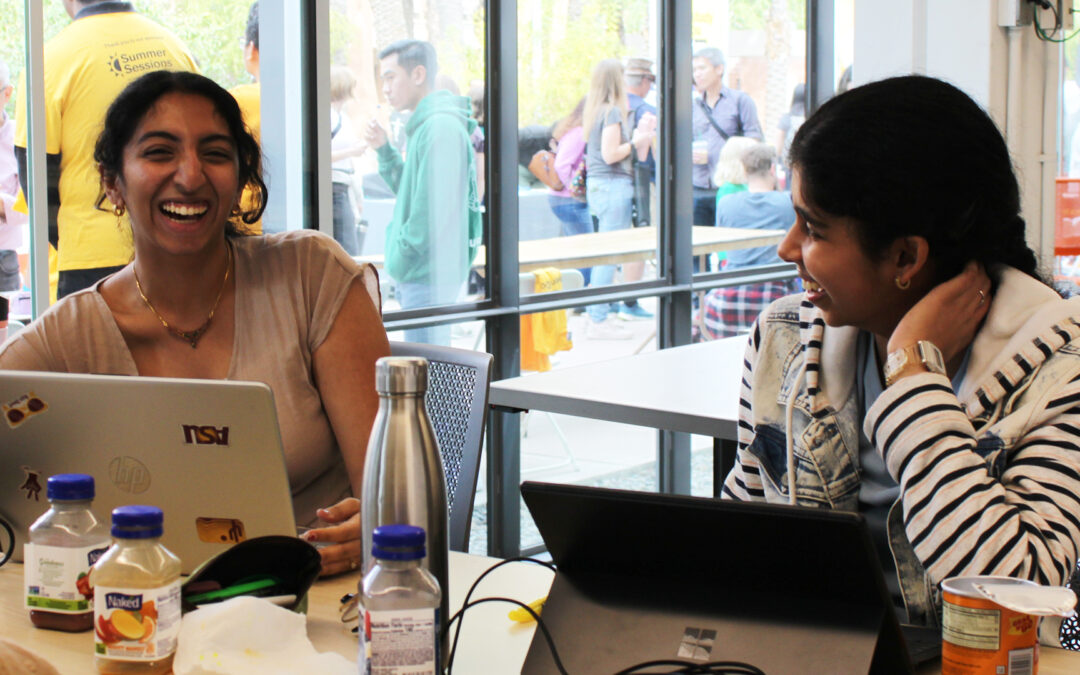It’s a dry heat.
In the summer in Phoenix, it is the thirty-first day of a heat wave that has brought record-breaking temperatures to the city. People seek refuge in air-conditioned buildings, creating an unsustainable demand for energy. The power grid fails. Hospitals fill up with patients suffering from heat stroke, but doctors require lights to effectively treat them. Food begins to spoil. Flights get grounded. Panic ensues.
This hypothetical scenario is an example of the cascade effect — when an unexpected event occurs and triggers a series of calamities.
Students in the School of Computing and Augmented Intelligence, part of the Ira A. Fulton Schools of Engineering at ASU, are not just studying these cascading events, they’re developing plans to prevent and manage such disasters.
The reward? Cold, hard cash.
At the Devils Invent DASSH Cascading Events hackathon, held on ASU’s Tempe campus from February 23 to 25, Fulton Schools computer science and engineering students tackled various cascading problems, winning first place in all categories and taking home more than $42,000 in cash from a total $50,000 prize pot.
At the event, 35 teams from universities across the nation, including Rutgers, Northeastern and the Stevens Institute of Technology, created solutions to one of three problem statements. Students were asked: how could we deal with an artificial intelligence-enabled cyber-attack on critical infrastructure? How might we handle an enemy attack that is exacerbated by a major heat wave? And finally, how would we recover from a large earthquake and tsunami in Northern California?
The event was sponsored by the Center for Accelerating Operational Efficiency, or CAOE, a nationwide consortium of 25 universities and partners led by ASU, and also a U.S. Department of Homeland Security Center of Excellence.
Get the full story on Full Circle.
